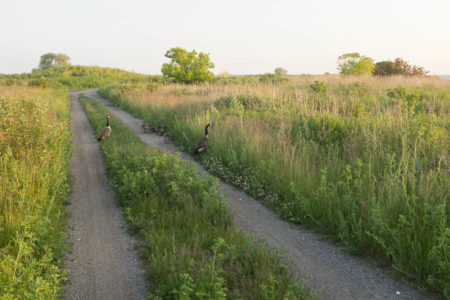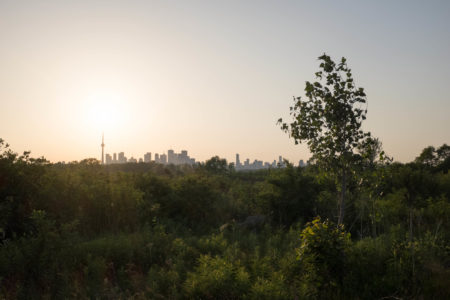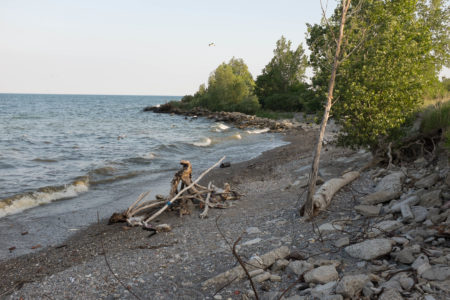With economic instability, the Ukraine war, and increased fossil fuel prices there is a disturbing trend toward nations deepening their fossil fuel dependence. For instance:
- Chinese premier calls for more coal production as electricity demand soars: Records for electricity usage broken in Shandong, Henan and Jiangsu after early summer heatwaves
- UK close to deal with EDF to keep coal-fired power station open
- Germany turns to coal as Russia cuts gas supplies
- Climate change: Green energy ‘stagnates’ as fossil fuels dominate
- Ontario energy grid emissions set to skyrocket 400% as Ford government cranks up the gas
This all brings up a familiar fear: at a time when humanity can only avoid disaster through cooperation, there is a serious risk that increasingly strained circumstances will instead drive a selfish and ultimately hopeless logic of individual self-protection among states. Thus, the hope that a more acute experience of the impacts of climate change will drive a rejection of climate denial and public demand for strong mitigation policy may not be well justified. With all the structural barriers to climate action, our worsening global situation could become inescapably self-reinforcing.






